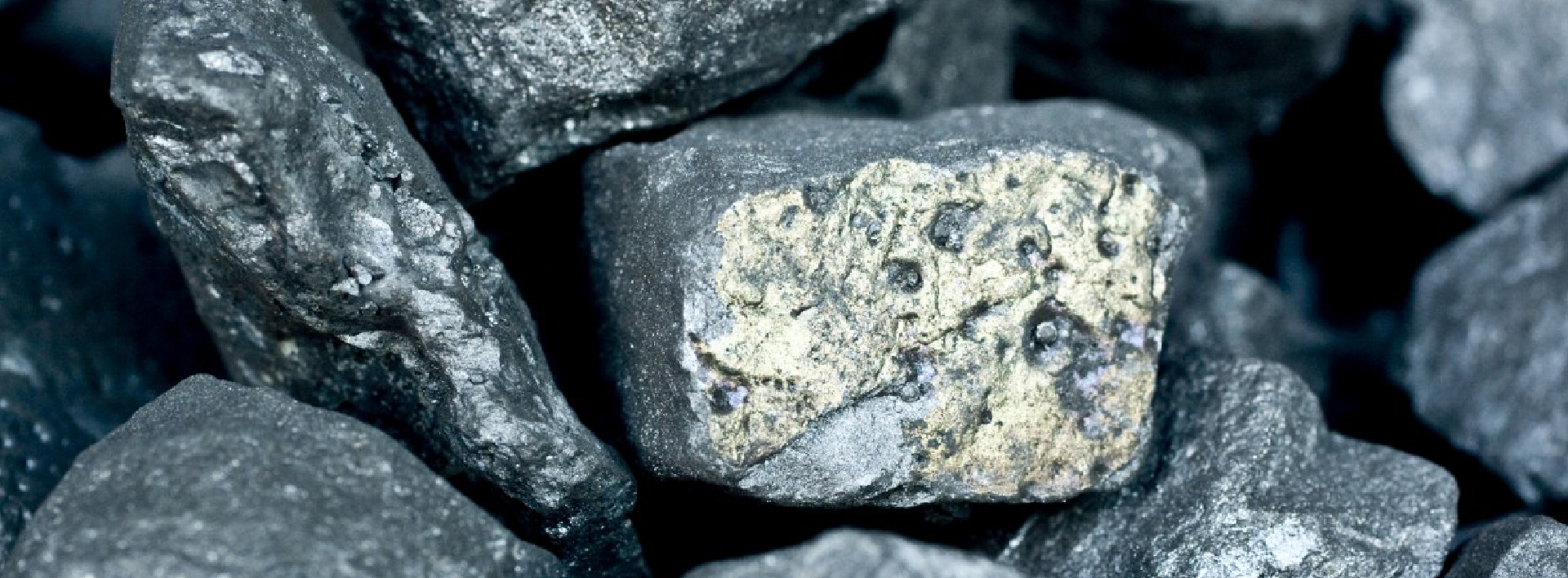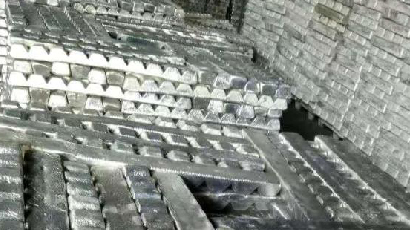Magnesium Ingot
Metal magnesium is recently bloomed material in the 20th century with functions corrosion resistance and light weight. The density of magnesium is 1.74g/cm3 which is even lighter than aluminum @ 2.7g/cm3, but mechanical strength and chemical stability are also much better than aluminum.
Magnesium alloy is widely used in portable equipment and automobile industry to achieve the purpose of lightweight. Although the specific gravity of magnesium alloy is heavier than plastic, it has higher strength and elastic modulus per unit weight than plastic.
Therefore, with the same strength parts, magnesium alloy parts can be made thinner and lighter than plastic. In addition, because the specific strength of magnesium alloy is higher than that of aluminum alloy and iron, the weight of aluminum or iron parts can be reduced without reducing the strength of the parts. The relative strength of magnesium alloy (the ratio of strength to mass) is high. The specific stiffness (ratio of stiffness to mass) is close to aluminum alloy and steel, much higher than engineering plastics. In the elastic range, when magnesium alloy is subjected to an impact load, the energy absorbed is half larger than that of aluminum alloy parts, so The tensile strength of magnesium alloy castings is equivalent to that of aluminum alloy castings, generally up to 250MPA and high up to over 600Mpa. Yield strength and elongation are not much different from aluminum alloys. Magnesium alloy also has good corrosion resistance and electromagnetic shielding performance, which can be recycled and reused. Magnesium alloy parts have high stability. The casting line of die casting parts has high dimensional accuracy and can be processed with high precision. Magnesium alloy has good die-casting forming performance, and the wall thickness of die-casting parts can reach 0.5mm. It is suitable for manufacturing various die-casting parts of automobiles. However, the coefficient of linear expansion of magnesium alloy is very large, reaching 25~26 μm/m℃, while that of aluminum alloy is 23 μm/m℃, brass is about 20 μm/m℃, structural steel is 12 μm/m℃, and cast iron is about 10 μm/m. m℃, rocks (granite, marble, etc.) are only 5-9 μm/m℃, and glass 5-11 μm/m℃.
Product: | Magnesium Ingot |
Colour: | Silver gray, Block shape |
Feature: | Good shock resistance and noise reduction performance. |
Standard Material: | Mg (99.8-99.9%) |
Size: | 7.5KG +/- 0.5KG per ingot; 1KG +/- 0.5KG per ingot; |
Packing: | 1~ 1.25MT per magnesium pallet or can customize as per requirements. |
Application: | 1.The
high temperature at which magnesium burns makes it a useful tool for
starting emergency fires during outdoor recreation. Other related uses
include flashlight photography, flares, pyrotechnics and fireworks
sparklers. |
Production Parameter
| Type | Chemical Composition:% | |||||||||
| Mg | Ai | Zn | Mn | Cu | Ni | Fe | Si | Ca | Pb | |
| ≥ | ≤ | |||||||||
| Mg99.99 | 99.99 | 0.02 | 0.003 | 0.002 | 0.0003 | 0.0003 | 0.002 | 0.002 | 0.0004 | 0.001 |
| Mg99.98 | 99.98 | 0.004 | 0.003 | 0.002 | 0.0004 | 0.0003 | 0.002 | 0.003 | 0.0004 | 0.001 |
| Mg99.96 | 99.96 | 0.006 | 0.005 | 0.007 | 0.0004 | 0.0003 | 0.0035 | 0.006 | 0.0008 | 0.001 |
| Mg99.95 | 99.95 | 0.01 | 0.01 | 0.01 | 0.0004 | 0.0003 | 0.004 | 0.01 | 0.0008 | 0.005 |
| Mg99.95B | 99.95 | 0.015 | 0.01 | 0.015 | 0.0002 | 0.001 | 0.005 | 0.015 | 0.001 | 0.005 |
| Mg99.90 | 99.9 | 0.02 | 0.01 | 0.03 | 0.0004 | 0.001 | 0.04 | 0.03 | 0.0035 | 0.005 |

Projects related to the preduction of magnesium ingot
· Preparation of feasibility study report for magnesium ingot project
· Preparation of justification plan for magnesium ingot project



